When investing in private equity real estate for the first time, it’s easy to get lost in an alphabet soup of acronyms and industry terminology. Birgo Capital is here to help make this task less daunting. Today we’re going to take a look at one of the most valuable metrics in an investor’s toolkit: the cash-on-cash return.
Let’s take a dive into the basics of the cash-on-cash return.
What is a cash-on-cash return?
As you can gather from the name, the cash-on-cash return (sometimes referred to as the yield on cost or cash yield) measures the cash income generated relative to the cash invested into a commercial real estate transaction. While the cap rate measures the relationship between a property’s yearly net operating income (NOI) and its purchase price – effectively telling an investor the annual return without the use of leverage – the cash-on-cash return takes a deal’s financing into consideration, allowing investors to more accurately determine their annual yield on a property. As such, calculating the cash-on-cash return when evaluating a particular asset can give you a sense of the yearly cash flow a property will provide, allowing you to ascertain your true cash experience.
What are the differences between cash-on-cash return and cap rate or internal rate of return?
While the cap rate is a helpful metric when looking to compare multiple deals on an apples-to-apples basis, and the internal rate of return (IRR) helps an investor evaluate the performance of an asset over the entire lifetime of the investment, the cash-on-cash return is the best metric for determining an investor’s actual yearly return based on the cash invested into the deal. Properties are rarely purchased on an all-cash basis, and by taking financing terms into account, the cash-on-cash return tells the investor how much free cash flow they will generate on an annual basis. This is particularly important for real estate investors, since real estate as an asset class is often used to generate current income.
How do you calculate cash-on-cash-return?
It is relatively simple to calculate an investor’s annual cash-on-cash return on a property. To calculate, take the annual pre-tax net cash flow and divide it by the total cash invested into the deal. The annual pre-tax cash flow consists of any income generated by a property, such as rental income, parking revenue, laundry income, etc. Next, we subtract all property expenses, such as maintenance, insurance, property taxes, and management fees, arriving at the property’s NOI. While a cap rate calculation would stop here and divide this figure by the total purchase price, to calculate the cash-on-cash return, we further subtract the property’s annual mortgage costs, resulting in the property’s net cash flow. We then divide this number by the total cash invested to arrive at the cash-on-cash return.

Cash-on-cash return calculation example:
Let’s say we pay $1 million for a property that generates $80,000 per year in NOI. This means that we purchased the property at a going-in cap rate of 8%. However, we purchased the property using an 80% loan-to-value mortgage, so we don't just want to know the cap rate – we want to know the cash-on-cash return. Let’s assume that our loan has an interest rate of 4%, and our closing costs were 3%. That means that, while the purchase price was $1 million, we borrowed $800,000 from the bank, and invested $230,000 of our own equity into the deal.
What is our cash-on-cash return on that equity? While the property nets $80k per year, we’ll further subtract $50,672 in yearly debt service from that figure to arrive at $29,328 in net cash flow. When we divide that figure by the $230k of equity invested into the deal, we arrive at a cash-on-cash return of 12.8%.
Conclusion
The cash-on-cash return helps investors determine what their yearly cash flow experience will look like when purchasing a given asset using a combination of debt and equity. As we see in the above example, the cash-on-cash return can be considerably higher than the cap rate in a favorable lending environment (which is one of the reasons that we at Birgo Capital love investment real estate!), and it is thus a very important metric to consider when evaluating a potential real estate investment.
If you have additional questions about real estate terminology, or are interested in discussing an investment with Birgo, schedule a call with us today.



